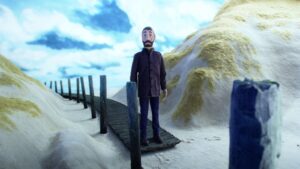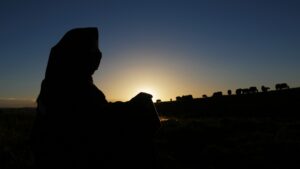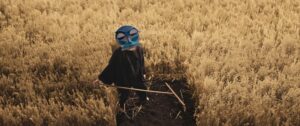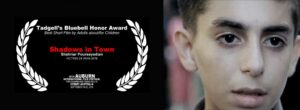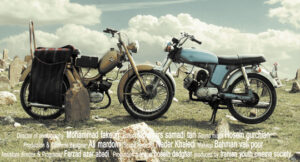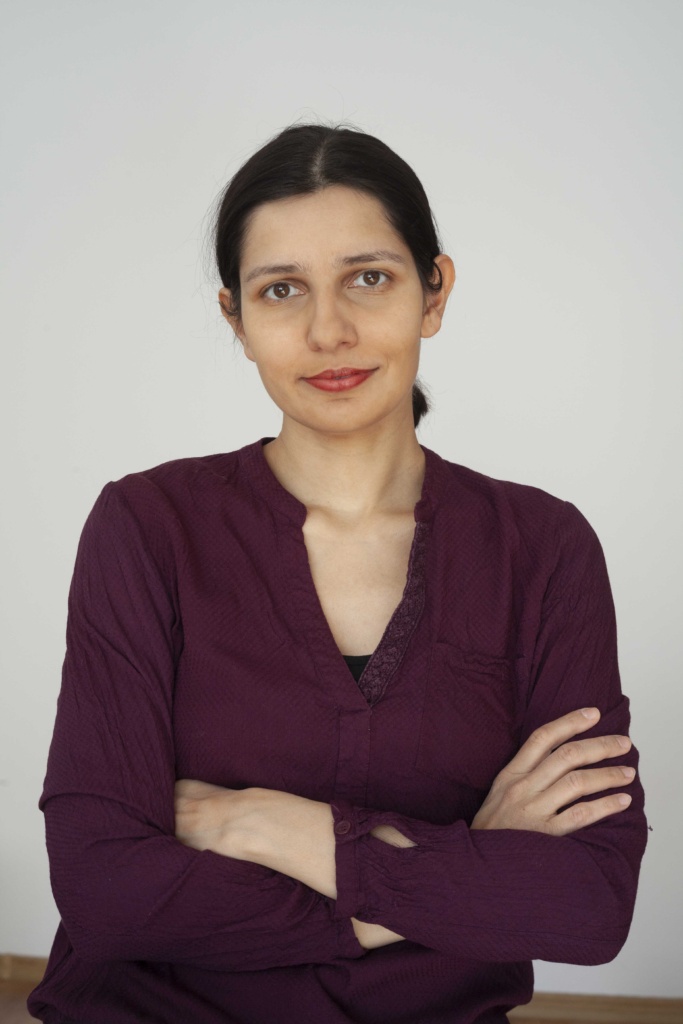Polish filmmaker, Anita Kwiatkowska-Naqvi: How to make an animation with a flashlight and camera?
Polish Director of Experimental Animation, Anita Kwiatkowska-Naqvi, said in the virtual specialized meeting “38-20” of the Tehran International Short Film Festival that sometimes animation can be easily made with a flashlight and camera.
“Using UV light is a bit difficult because the human eye cannot see that light,” she said, adding that: “I remember that in projects we had to use some unusual light in the scene so that the scene would not be completely dark for the audience. However, we mostly worked in the dark. As you know, UV light is not safe and can cause cancer. Because it is not safe to use UV light, everyone had to be in the dark, wear UV glasses, and use sunscreen. For example, in one of the films, no light is seen and only lighting is used to identify parts of the images.”
She added: “I want to talk a little bit about how I work with clay and how I light this flower. Of course, the way I work is not very normal.” I use this technique for lighting clay in situations where there is very special light. When we think of animations made of clay, it usually comes down to a standard thing that the characters are made of clay. But what I do is I cover the glass with clay, I use a light source behind it that creates an interesting light effect. In fact, I use clay-like paint. The colors of the images do not really matter in this technique. The reason that color does not matter is that your work can be like a black and white image, and any other color can be given to them in the post-production. This technique is very suitable for producing abstract images and fluid movements. When I add a layer of clay to the glass, the image is white at first, but gradually turns black.”
“As you can see, this technique helps to produce smooth movements. A good possibility that this technique gives us freedom, which in this respect is similar to painting, and it can be used to paint anything you can imagine,” said Kwiatkowska-Naqvi.
“The last thing I want to talk about is light design. All we need is darkness, a camera, and a flashlight. We move the flashlight in the dark, the camera captures the light and it becomes your painting and animation,” she added.
“Before entering the world of animation, I was studying biology. I spent most of my time looking under a microscope,” she said, adding that that is why medical and biological images are always in my mind as a background and a source of inspiration.
“The most important thing for me in animation is freedom,” she said.
“In animation, nothing is an obstacle, the creator’s imagination is the boundaries of animation, and as far as the imagination allows, animation can be made, of course, budget is also important, but it can be achieved with a cheap layout. For me, in making animation, the process of achieving the right technique to achieve what I want to express is experimental. In that process, I try to adapt what I have, and in the process, different experiences happen to me,” she added.
In the end, she spoke about the misunderstandings of experimental cinema all over the world: I have not encountered much misunderstanding. Maybe the more serious answer is that viewers are free to have any opinion about my films, but I live with my films. Sometimes these films may arouse emotions in people, but I like my films.
For more details: http://www.tisff.ir/english/english//category/news/
International Public Relations of Tehran International Short Film Festival.


